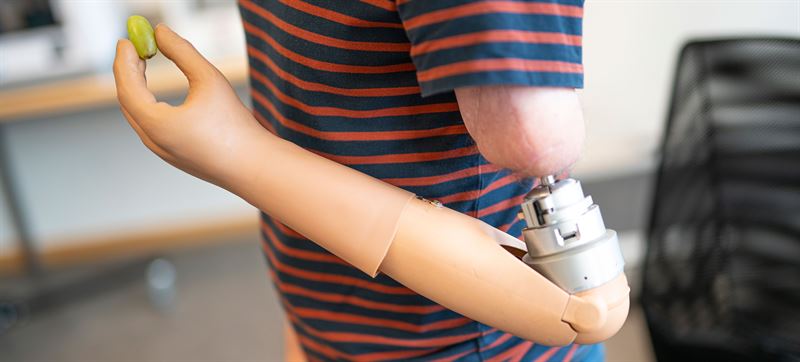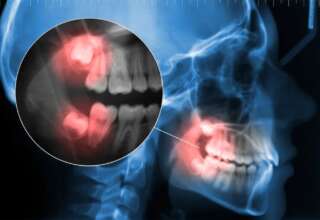
Today, a wide variety of prosthetic devices are available for use in the physical rehabilitation of patients who have lost a limb. A prosthetic leg typically features a foot and ankle mechanism, knee joint, and other associated parts. Prosthetic hands and elbows can be fashioned to look and act like a real limb. The devices can also be modified to enhance function in specific activities, such as walking. The following are just a few of the types of prosthetic devices available today.
The basic components of below-elbow prosthesis include an artificial hand and a forearm section with a socket and control cable. These devices can be controlled by the patient’s own special movements or through battery-powered switches. Some systems can even utilize a myoelectric control system, which utilizes electrodes embedded in the prosthesis to convert nerve signals into an electrical current that the user can use to control the arm-hand unit.
Depending on the extent of the damage, prosthetics can also be used to improve quality of life. Cosmetic prostheses are made of clear silicone gloves and painted by an artist to match the wearer’s facial features. Unique artwork and tattoos can also be added to the prosthesis. The prosthetic artists who create the implants have years of experience in the field. A prosthetic breast form, for instance, can be customized to match the wearer’s unique facial features.
Medicare will pay for most types of prosthetic devices when ordered by a physician. Medicare covers conventional eyeglasses and contact lenses following cataract surgery, ostomy bags, and some related supplies. The same goes for surgery to implant prosthetic devices. The patient must meet their Part A deductible before Medicare will cover the cost of the procedure. However, there are a few cases where Medicare may require prior authorization before paying for prosthetic implant procedures.
Another common type of prosthetic device is the transtibial prosthesis. This prosthesis replaces the lower leg below the knee. Patients with transfemoral amputation can rebuild normal movement after rehabilitation. The prosthetic socket must fit a patient’s body properly to ensure stability and comfort. The surgeon will use advanced technology to create the best possible prosthetic leg for a patient. The prosthesis will be attached to a thigh bone through a cable.
The split-hook prosthetic device was first patented in 1912. Although many people still prefer electric hands and artificial hands, the Split-Hook prosthetic has many advantages. While an artificial hand can be uncomfortable to wear, it can help the user squeeze objects and manipulate objects. In addition to their ease of use, split hook prosthetic devices have a nitrile coating to prevent slipping. This prosthetic device is also lightweight, making it ideal for travel.













